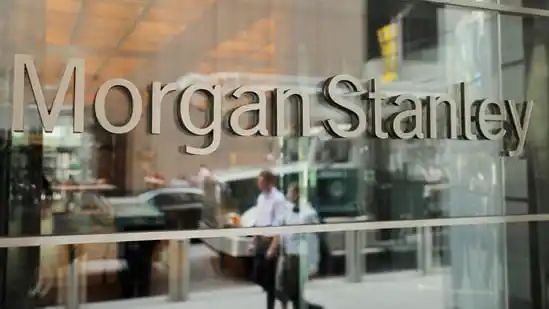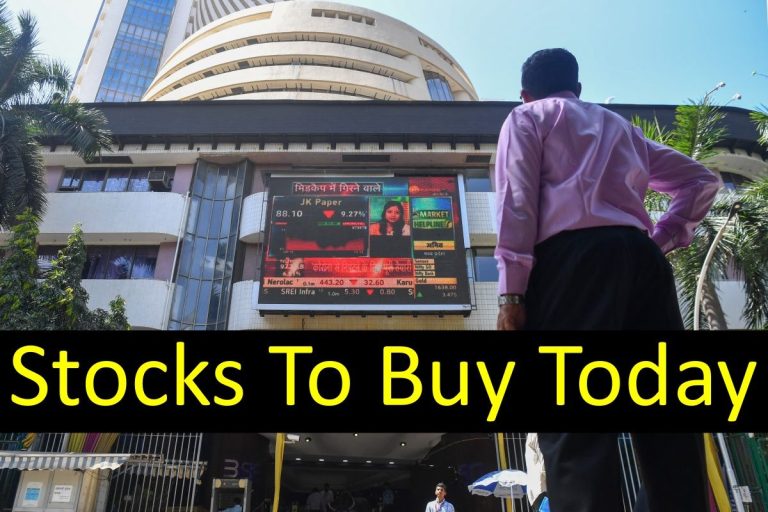Morgan Stanley on India’s economy: Boom like 2003-2007, on cusp of this big push

India’s economic growth rate resembles that of 2003-07 when growth averaged more than 8 per cent, as per Morgan Stanley’s report ‘The Viewpoint: India – Why this feels like 2003-07’.
Morgan Stanley said that after a decade of investment to GDP steadily declining, capex emerged as a key growth driver in India as “the capex cycle has more room to run, therefore the current expansion closely resembles that of 2003-07.”
The cycle is also driven by investment outperforming consumption, public capex leading initially but private capex rapidly catching up, it said, adding, “We think the defining characteristic of the current expansion is the rise in the investment-to-GDP ratio. Similarly, in the 2003-07 cycle investment to GDP rose from 27 per cent in F2003 (fiscal year ending March 2003) to 39 per cent in F2008, which was close to the peak. Investment to GDP then hovered around those levels until it peaked in F2011. 2011 to 2021 then registered a decade of decline – but the ratio has now inflected again to 34 per cent of GDP and we expect it to rise further to 36 per cent of GDP in F2027E.”
“However, the initial pick-up in private consumption growth was more modest, averaging just 4.8 per cent in 2003-04,” it said. In the cycle, real GFCF growth is holding strong at 10.5 per cent in October-December, staying above pre-Covid 2017-18 average of 9.6 per cent, it noted, explaining, “This has been mainly driven by public capex so far, as the corporate sector has been working through multiple shocks from previous years that have weighed on its ability to invest.”
As corporate profit (based on bottom-up company data) to GDP has picked up “from a trough of 1.1 per cent in F2020 to 5.4 per cent in F2023, early signs of private capex gaining momentum are being seen”, it said.
Read more news like this on HindustanTimes.com





